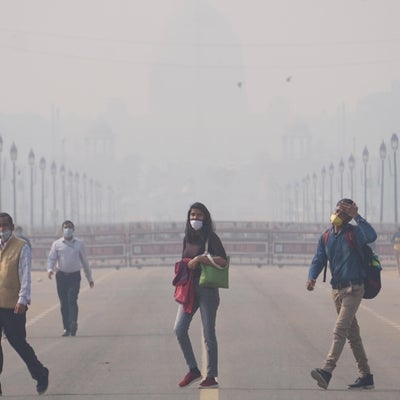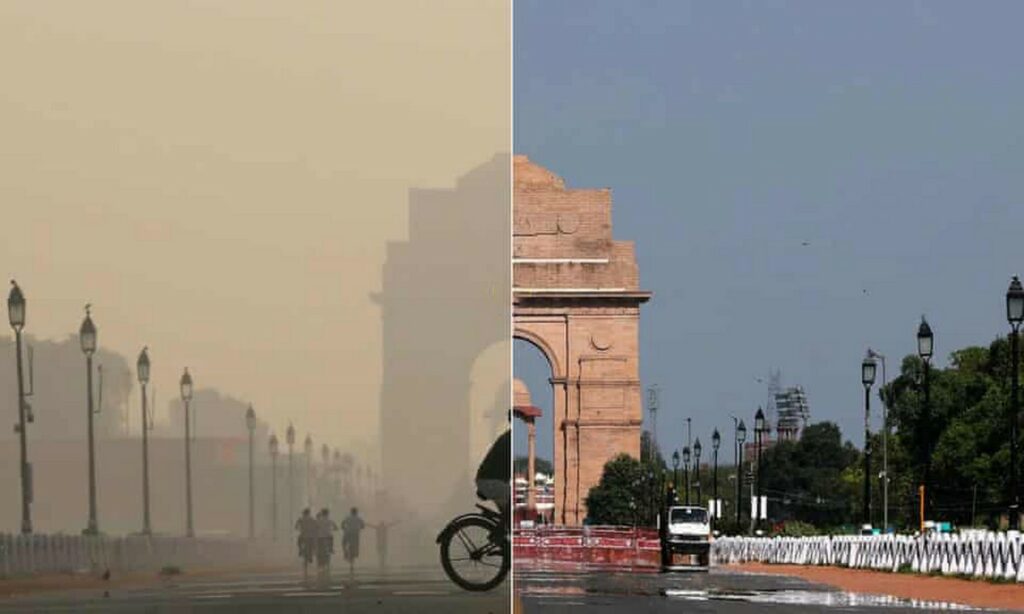
Why do we need a vacation? May be to take a break from the standard daily routine which turns out to be monotonous or may be for some stress relief along with relaxation of our mind. Now is the time to relax our lungs, too. We have been seeing news about the rising air pollution leading to the “severe AQI” and the adverse repercussions it might bring. AQI, or air quality index, is an index for reporting on air quality. It is a gauge of how quickly air pollution damages a person’s health. To understand better, an ideal AQI is 0–50. 51–100 is considered satisfactory; 101–200 is moderately polluted; 201-300 is poor; 301–400 is very poor; and 401–500 is severe. Reportedly, the AQI in Delhi has risen to 491—which is “severe.” However, there are areas in the world with low AQIs, making them an excellent travel destination for you.
Zurich, Switzerland (0.51 AQI)
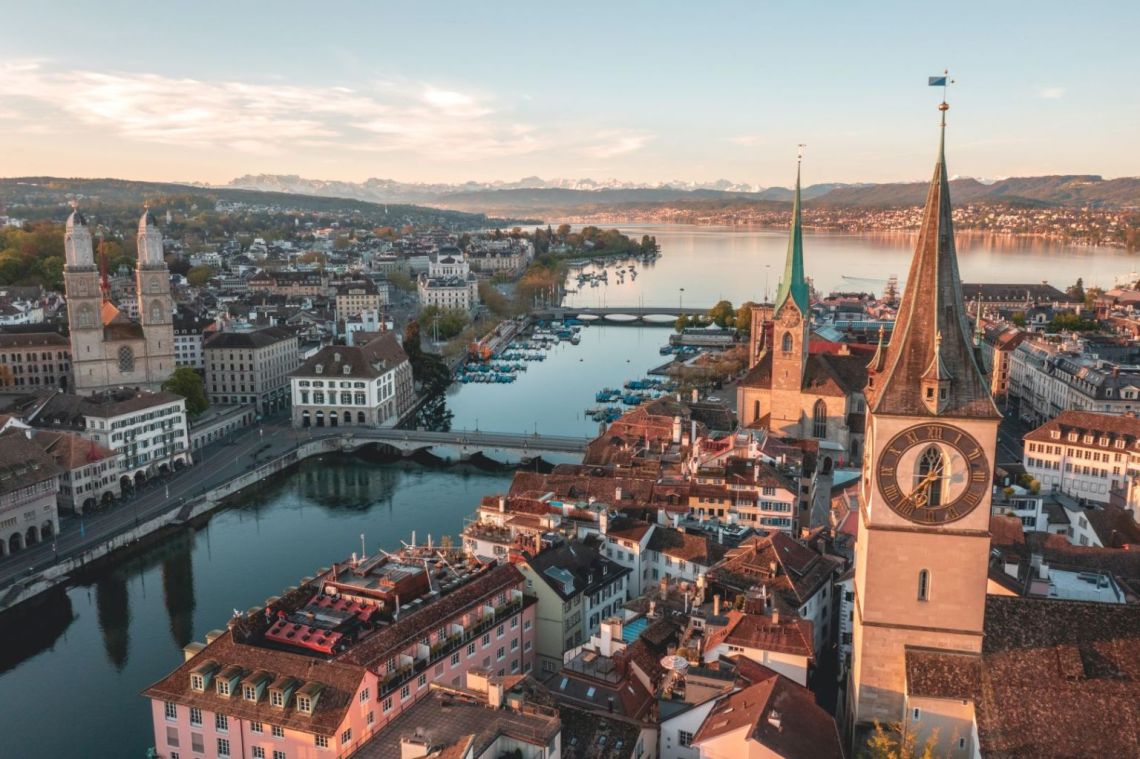
Zurich is known for having pristine air and will be the least polluted city in 2021. It is because of the city’s stringent policy design to limit car emissions, the promotion of cleaner modes of transportation, and the low levels of air pollution. Instead of driving, most people in the city take trains, buses, and subways. Additionally, the city is very committed to garbage management.
Hobart, Australia (2.73 AQI)
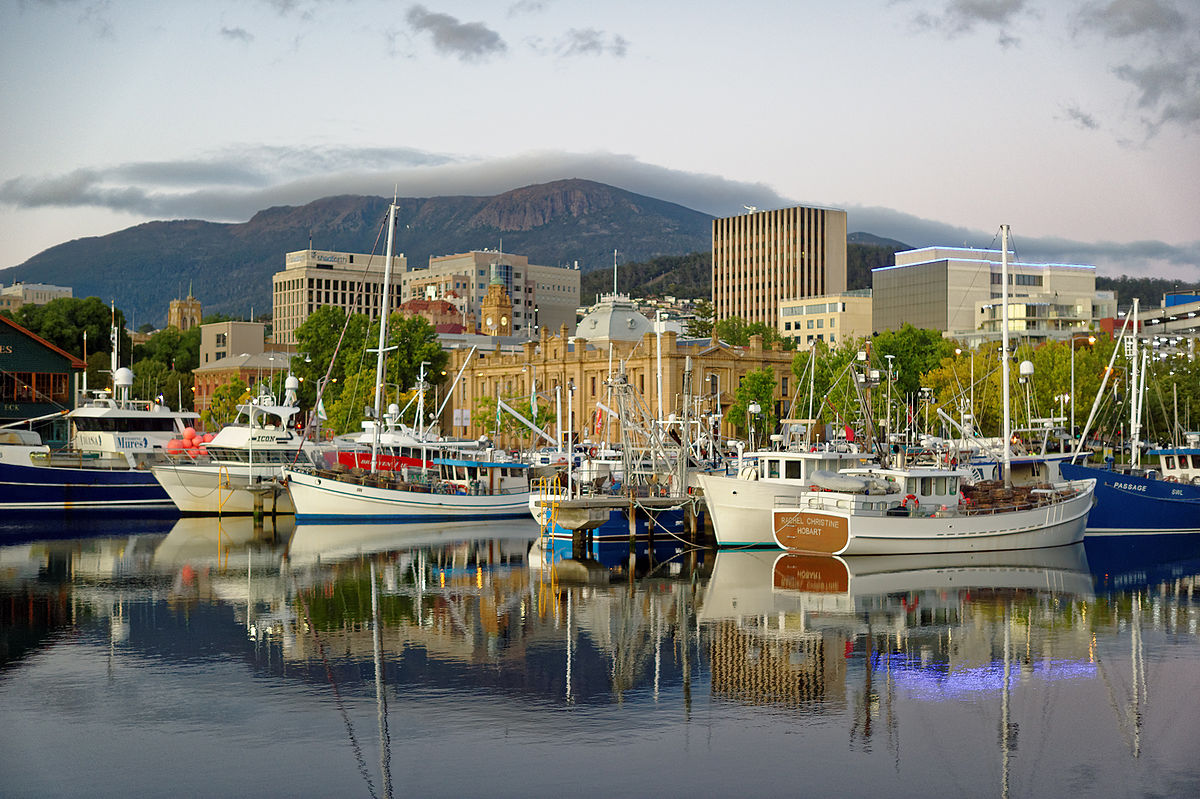
For twenty years, the city of Hobart has incorporated sustainability and the effects of the climate into its operations. In order to formulate policies, identify obstacles, and generate possibilities, it has measured and dramatically decreased its energy use and greenhouse gas emissions. In order to cut pollution, the city is focusing on using solar energy for electricity. The city has incorporated autonomous sensor networks into the storm water drainage system to find plastics, cans, and leaves and prevent them from entering the ocean.
Launceston, Australia (3.68 AQI)
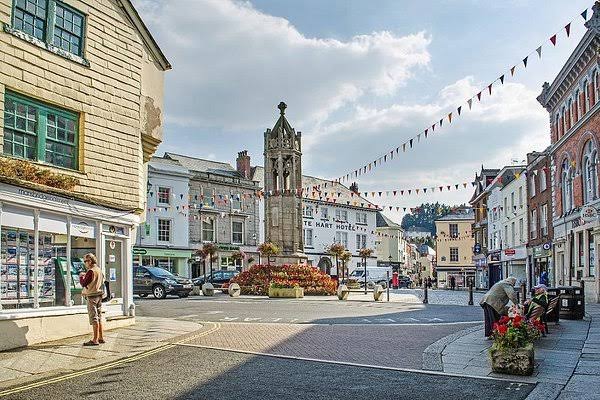
Launceston is vulnerable to an inversion layer due to its geographic location, which warms the air. Due to the city’s steep terrain and residents’ accustomed usage of fireplaces and hardwood heaters, Launceston saw high levels of pollution and smoke in the air. Campaigns for community education, the enforcement of environmental regulations, and a programme to replace wood heaters with electric heaters encouraged the use of electric heaters as an alternative, all of which contributed to the reduction of pollution and the city’s ranking as one of the least polluted in 2021.
Honolulu, USA (3.68 AQI)
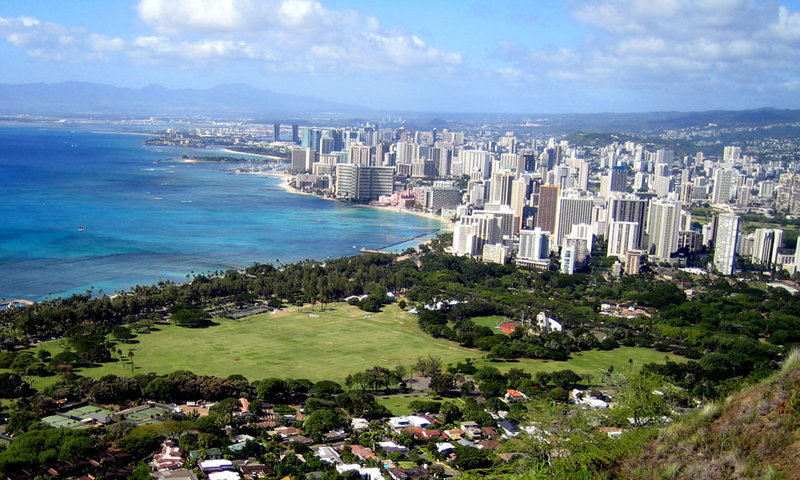
Though Hawaii suffers from air pollution, Honolulu is the cleanest city in Hawaii. The climatic conditions of the city and its population density help keep the air clean. Relatively fewer heavy industries also contribute to the lesser pollution. However, the solid waste (marine debris) has been increasing in the city, and strategies are being taken to remove the debris.
Bergen, Norway (4.39 AQI)
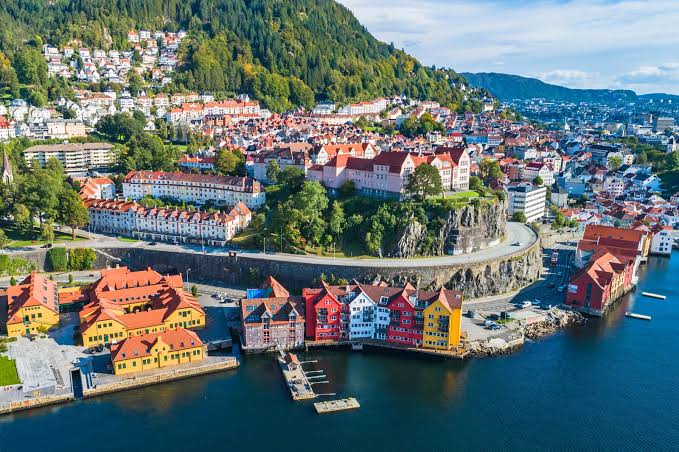
The Norwegian city of Bergen has beautiful blue skies and panoramic views of the surrounding natural beauties. It is a remote city without any heavy industries that produce high particle pollution and are located in the valleys. However, temperature inversions frequently operate as a lid over the city, trapping all emissions from the vehicles and structures underneath, much like in Launceston and Los Angeles. Wood burners, fireplaces, and powered vehicles all produce these emissions. However, the city’s air quality is at its highest point in recent years thanks to the promotion of electric and zero-emission vehicles as well as the ban on wood furnaces.





